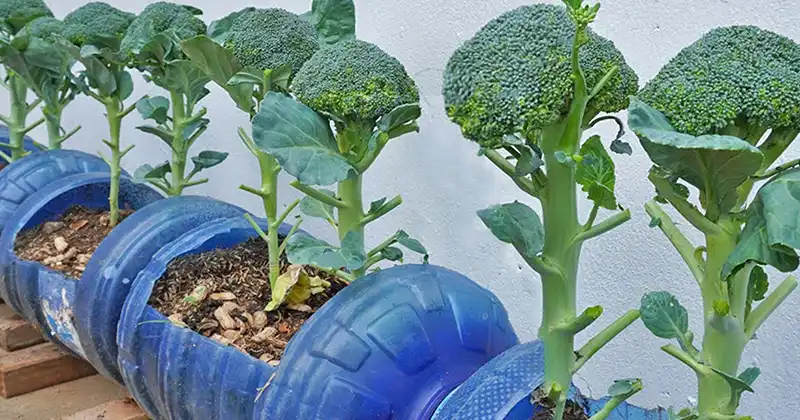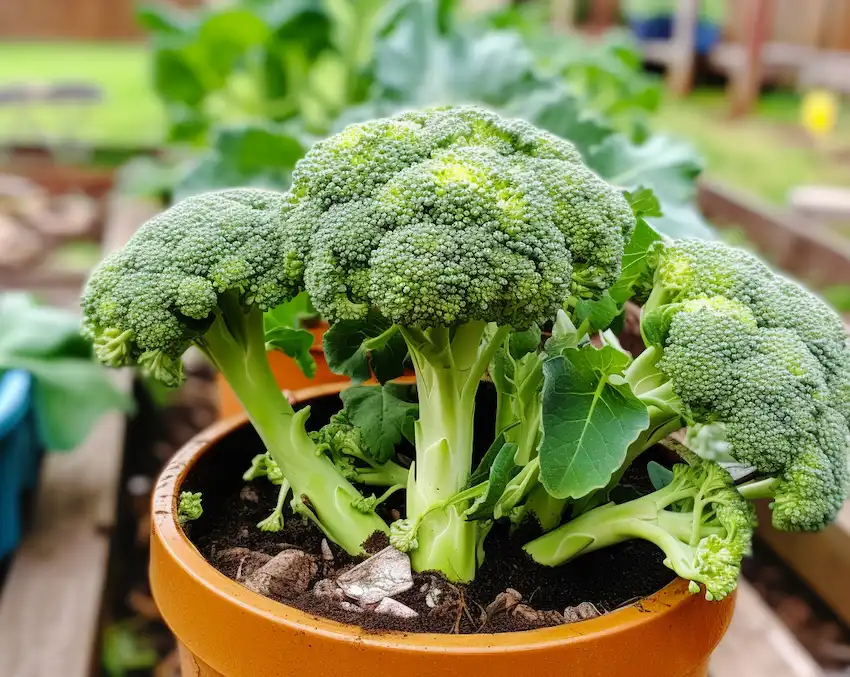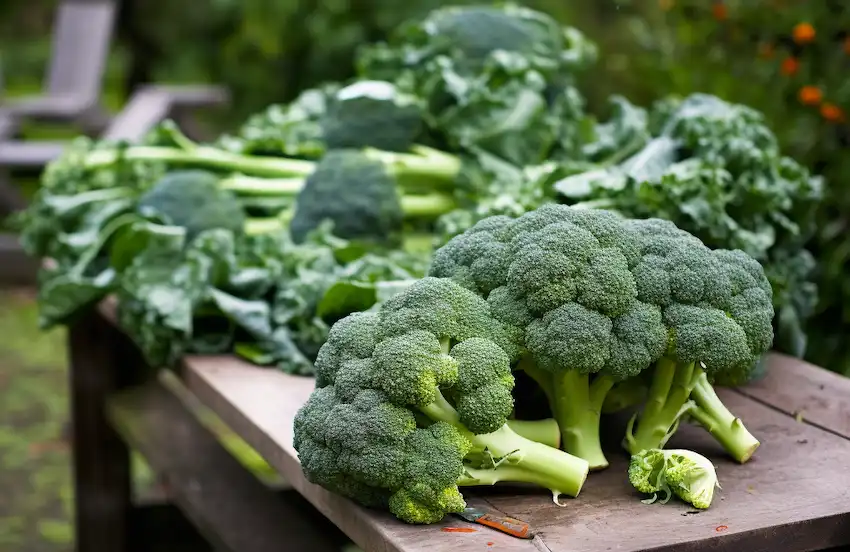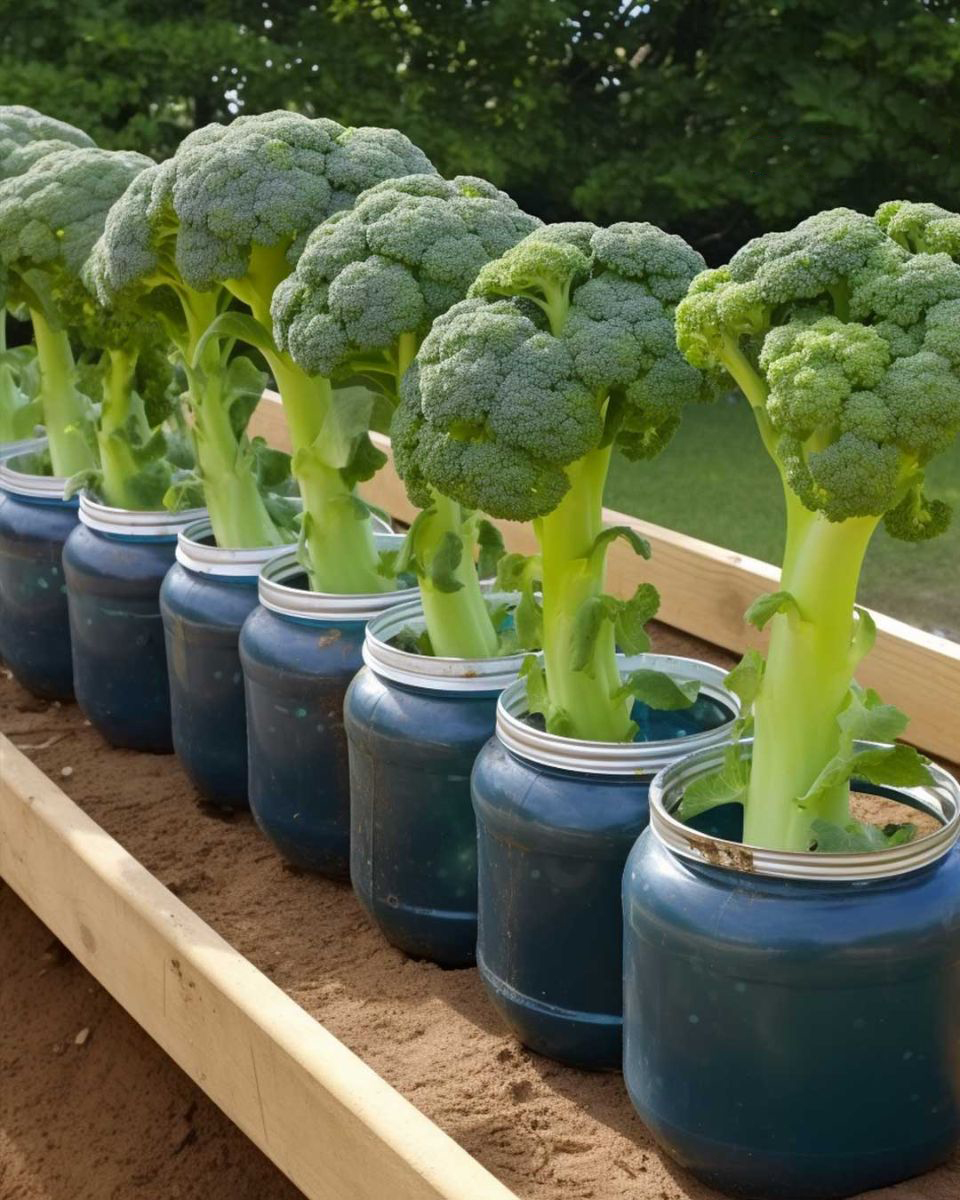
Introduction
Growing your own broccoli at home is a wonderful and eco-friendly way to enjoy this nutritious vegetable. Don’t worry if you have limited space – with the right containers, soil, and care, you can have a thriving broccoli garden right in your own backyard. In this article, we’ll guide you through the steps to successfully cultivate broccoli in containers, from selecting the right container to harvesting your own fresh broccoli.
Selecting the Right Container
When it comes to growing broccoli in containers, choosing the right container is key. Here are a few important considerations:
Container Type
Opt for a container that is deep and wide enough to accommodate the growing broccoli plants. Look for containers made of durable materials like plastic or ceramic.
Container Size
Broccoli roots need room to spread out, so choose a container that is at least 12 inches deep and 18 inches wide to provide ample space for growth.
Drainage
Ensure that your container has drainage holes at the bottom. Good drainage is crucial for preventing waterlogged soil, which can lead to root rot.
Preparing the Soil
Creating the right soil environment will set the stage for healthy broccoli plants. Here’s what you need to do:
Soil Mix
Use a well-draining soil mix that is rich in organic matter. You can create your own mix by combining equal parts of compost, perlite, and peat moss.
Fertilization
Before planting your broccoli, incorporate a balanced organic fertilizer into the soil. This will provide your plants with the necessary nutrients for healthy growth.
Planting Broccoli Seeds or Seedlings
Now that your containers are ready, it’s time to plant your broccoli seeds or seedlings.
Seed Starting
If you choose to start from seeds, begin by sowing them in seed trays or small pots filled with seed-starting mix. Keep the soil consistently moist until the seedlings emerge.
Transplanting Seedlings
Once your seedlings have grown to about 6 inches tall, they are ready to be transplanted into your containers. Gently remove the seedlings from their pots and plant them in the prepared soil, ensuring that the crown of the plant is level with the soil surface.

Caring for Your Broccoli Plants
To help your broccoli plants thrive, follow these care tips:
Sunlight and Location
Broccoli thrives in full sunlight, so choose a location that receives at least 6 hours of direct sunlight each day. If you’re growing broccoli indoors, place your containers near a sunny window or use grow lights.
Watering
Keep the soil consistently moist by watering your plants regularly. Avoid overwatering, as this can lead to root rot. Water deeply, allowing the top inch of soil to dry out between waterings.
Mulching
Mulch around your broccoli plants with organic matter like straw or wood chips. Mulching helps to retain soil moisture, suppress weed growth, and regulate soil temperature.
Pest and Disease Control
Protect your broccoli plants from common pests like aphids and cabbage worms by using organic pest control methods such as neem oil or insecticidal soap. Regularly inspect your plants for signs of pest activity and remove any affected leaves.
Thinning Seedlings
If you started from seeds, thin out the seedlings to ensure proper spacing. Leave the strongest and healthiest seedlings, removing the weaker ones. This will give your plants enough room to grow and develop.
Harvesting Your Broccoli
The moment you’ve been waiting for – harvesting your fresh broccoli! Here’s what you need to know:
Harvesting Time
Broccoli is typically ready for harvest when the heads are firm and green, before the florets start to open. This usually occurs 60-70 days after transplanting.
Cutting Techniques
To harvest, use a sharp knife or garden shears to cut the main head about 5 inches below the head. Harvesting the main head will encourage the development of side shoots, extending your harvest period.

Tips for Successful Container Broccoli Gardening
Here are a few additional tips to ensure your container broccoli garden thrives:
Companion Planting
Consider planting companion plants like herbs or flowers near your broccoli plants. These plants can attract beneficial insects that help control pests and enhance the overall health of your garden.
Crop Rotation
To prevent soil depletion and minimize disease risk, rotate your broccoli plants with other crops each growing season. This will help maintain healthy soil and ensure a successful harvest year after year.
Growing your own broccoli in containers is not only a great way to enjoy fresh and nutritious produce, but it’s also a rewarding and fulfilling hobby. With these simple steps and tips, you can successfully grow your own bountiful broccoli crop, no matter the size of your garden or your gardening experience. Start your broccoli journey today and experience the joy of harvesting this delicious vegetable from your own backyard!





